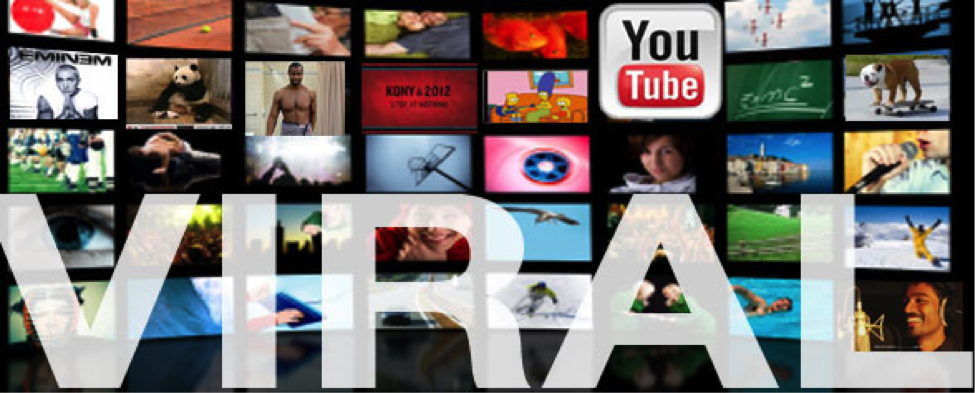 What do kittens, Rick Astley and a Korean pop star all have in common? Virality. This new term has been the holy grail for businesses and marketers ever since a dancing baby caught all of our attention back in 1996. But what is it exactly? Virality is when an ad or video gets liked and shared across the Internet, inspiring adaptations and parodies and ultimately resulting in cheap, widespread publicity for the creator. Sounds like a pretty great marketing idea right?
What do kittens, Rick Astley and a Korean pop star all have in common? Virality. This new term has been the holy grail for businesses and marketers ever since a dancing baby caught all of our attention back in 1996. But what is it exactly? Virality is when an ad or video gets liked and shared across the Internet, inspiring adaptations and parodies and ultimately resulting in cheap, widespread publicity for the creator. Sounds like a pretty great marketing idea right?
It certainly can be. One of the biggest viral darlings of the past year has been Oreo. We all remember their well-timed Super Bowl tweet that was retweeted over 14,000 times and gained them 67,000 Instagram followers in a week. While they may have spent 3.5 million on their 30-second ad, it was their quick thinking tweet that got them much more exposure. On top of their little Super Bowl stunt, Oreo also launched a very successful series of “Oreo separation machine” videos that garnered over 5 million hits on their YouTube channel. With all of their success, Oreo refreshed their brand, reached thousands of consumers and cemented their spot on social media’s “must watch” list for years to come.
But going viral can also be dangerous territory, just ask McDonalds. Earlier this year they tried to start a fun viral campaign where happy customers could share all of their great stories about carefree times at McDonalds with #McDstories. Then something unanticipated happened. People started sharing stories of terrible things they found in their Big Mac’s, numerous instances of food poisoning and even employee horror stories. McDonalds pulled the promoted tweet within two hours of it going live, but the damage was done. Even today, searching #McDstories on twitter will make you think twice about visiting the golden arches.
Jell-O is currently navigating another potentially sticky situation. Their goal is to rebrand the popular #FML to mean “Fun My Life.” Good luck with that.
So with viral content being such a high-risk, high-reward proposition, here are a few tips to make the most out of your next attempt.
1. The harder you try, the less successful you’ll be.
Viral videos are fun, impromptu, weird and, most of all, unpredictable. Nine out of ten times when a company creates something with the intent of going viral, the content falls flat. The likelihood of your pricey brand video being retweeted thousands of times is pretty low, but a low-budget song about a flea market may have a chance.
2. Make sure your brand is right for viral content.
If you value professionalism, viral content is probably not for you. Brands like Doritos and Red Bull can pull off fun, random videos that don’t take themselves to seriously, but the same approach won’t work for a bank or a funeral home. Know your audience and know your brand.
3. Be prepared to let it go.
The great thing about virality? Thousands of people are interacting with your brand and commenting on your content. The downside? Thousands of people are interacting with your brand and commenting on your content. If you have a lot of fans out there, this can be great. But if it starts going bad, it could be a long PR nightmare for you. And the worst part? Once it’s out there, there’s nothing you can do about it. Even if you take down a post, with people talking about and sharing your content, it could be around much longer than you want it to be.
So, what’s the consensus? Worth the risk? Not touching viral content with a 10-foot pole? Let us know in the comments, or just leave us your favorite funny cat video. Whatever.